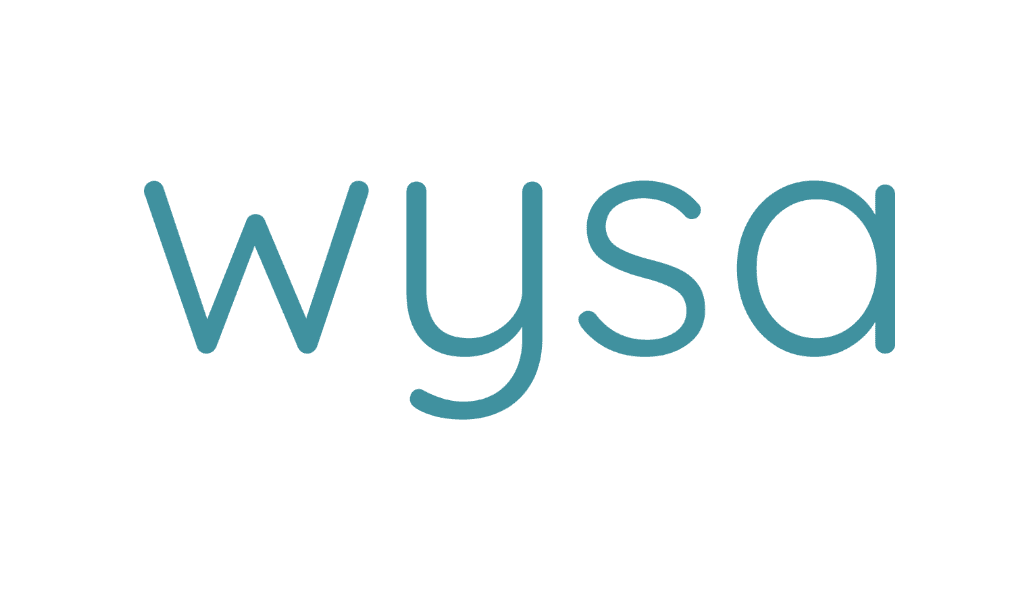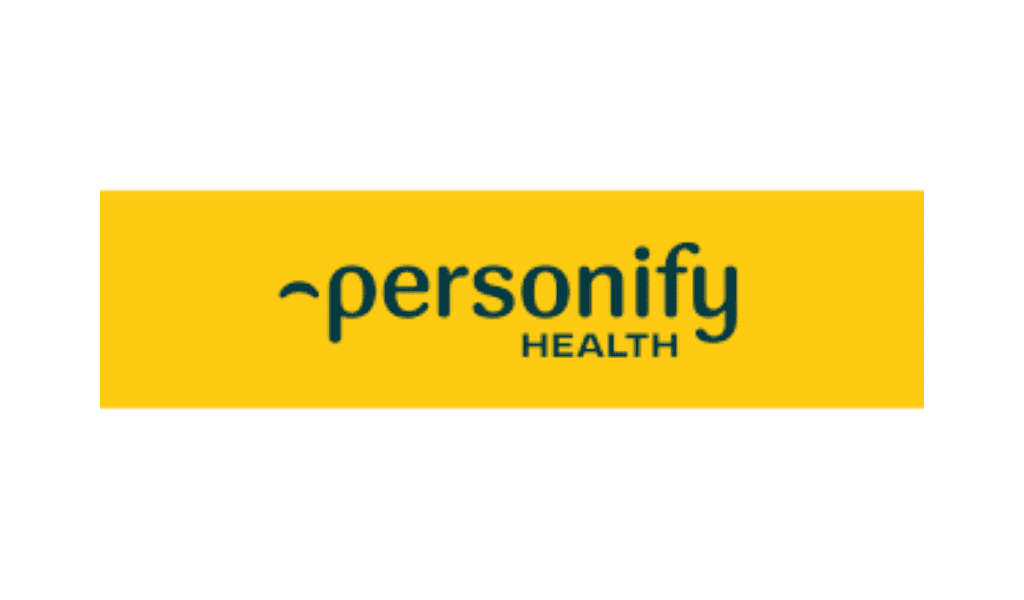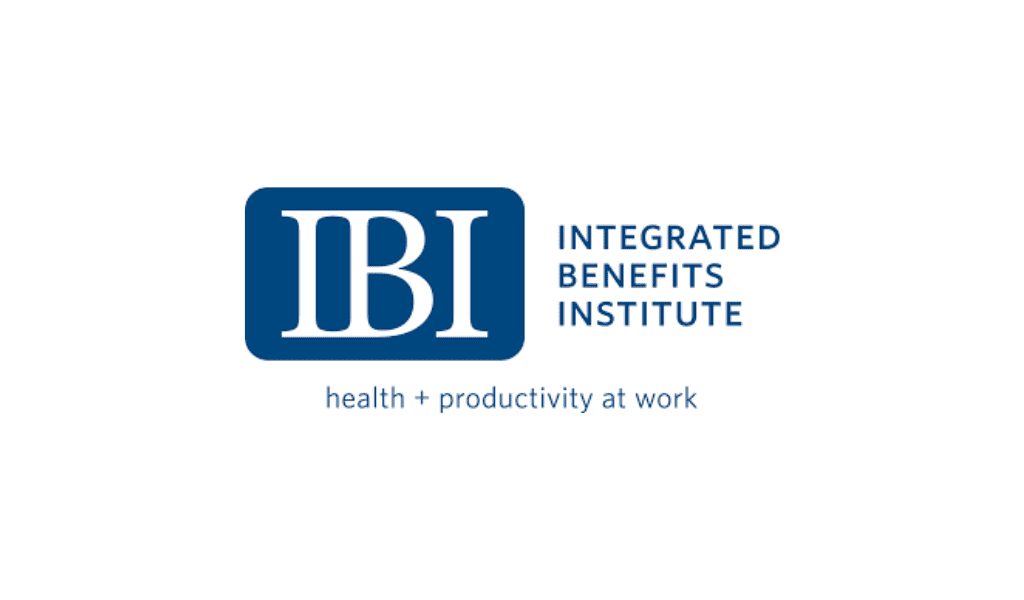Organizations that take a holistic approach to benefits have a better chance at standing out in a competitive market.
By Charonda McGill
Employee attrition rates have reached a 22-year high, according to the U.S. Bureau of Labor Statistics. COVID-19 stay-in-place measures forced people worldwide to work remotely and in doing so, employees began to rethink how they approached their workday. This situation continues to play out even now.
Prospective candidates and current employees make decisions about their employment not just based on pay, but also on benefits. This was true pre-pandemic, and it is most certainly the case post pandemic as the competition for talent continues to ramp up. Companies already needed to be thoughtful and creative about offering benefits and perks that were attractive, but now, it’s critical that they continue reviewing their offerings often to ensure they remain competitive in the race for talent.
A holistic, personalized approach is key. Companies that offer choices for candidates to select benefits that meet their specific needs differentiate themselves from other employers. An organization truly offers a superior benefits experience when they embody a culture of wellness that encompasses the physical, financial, emotional, and social aspects of wellness.
Here’s a closer look into the methods savvy companies should use to attract employees and keep them.
Focus on Flexibility
Pre-pandemic, employees and candidates were interested in remote and flexible work, but today, candidates are demanding flexibility and even negotiating such arrangements as a condition of a job offer. Flexible work hours – whether that is part-time work, adjusted clock-in/clock-out times, or some combination of these two – have become must-haves. And remote work options are now table stakes for any employer that wants to compete for talent.
For example, if company hours are 8:30 a.m. to 5:30 p.m., consider allowing employees to start and end their day an hour earlier or later to reduce commute times or to pick up children from daycare. If pre-pandemic policies were to be in the office five days a week, hybrid work arrangements like a three-days-in/two-days-remote option will increase employers’ competitiveness.
Help with Higher Education Costs
Many employees want to pursue higher education degrees, but lack the financial ability to do so. Companies that step in and help demonstrate their willingness to meet prospects and employees where they are and celebrate their passion for learning and personal advancement will be most desirable.
For example, Lendmark Financial originally offered tuition reimbursement for employees who had been at the company for at least a year. But when a new employee joined the company this year and asked if the timeline could be moved up to accommodate his education costs upon hire, Lendmark pivoted the entire program so that any employee could now access the tuition reimbursement program, regardless of tenure.
Keep Healthcare Affordable
Many companies try to cut corners on healthcare packages, choosing plans that are cost effective for the company but may not be all that affordable for employees. Operating this way is actually detrimental to the company in the long run as employees seek greener medical pastures with other employers.
At Lendmark, while many companies have raised their health plan out-of-pocket (OOP) maximums to deal with the rising cost of healthcare and its cost impact to the company, Lendmark made a proactive decision to not raise the OOP maximums on its plans since 2018. The company is sensitive to the negative impact raising the max would have on employee’s pocket.
A best practice for companies to follow is to also have at least one medical plan that does not exceed the IRS affordability threshold, which is currently 9.12% of an employee household income.
Lastly, organizations should pay attention to how many employees hit the plan maximums and adjust those maximums in the future. Doing so will help ensure the company stays competitive.
Offer Benefits for Individual Circumstances and Preferences
Employees want to feel that their specific needs and desires are being met by HR. One way to do this is by offering more personalized health programs. Lendmark partners with a company called Twin Health to offer a Type 2 Diabetes reversal innovational program. Most companies offer at least a Diabetes management program where clinical oversight is provided to ensure adherence to medications. While Lendmark offers this as well, the company wanted to help employees live healthier, happier, medication-free lives.
Another way to cater to individual employees is by offering telemedicine options. Not everyone has the time or the desire to go to a physical doctor’s office. Employers who offer more flexible doctor visits could see happier employees. For example, by a happy fluke or fate, Lendmark had just signed up to provide its employees with access to telemedicine services when the pandemic hit in 2020. The telemedicine service quickly became one of Lendmark’s most popular employee benefits programs. Still today, employees are taking their lunch breaks or time between meetings to easily chat with their doctors in a conference room.
Another way to cater to different lifestyles is to offer pet insurance. Pets are family for many employees, and when they need to see the vet, it can be emotionally and financially stressful. Employers should look into providing insurance options to cover expenses from any licensed veterinarian, specialist or emergency clinics to help keep pet parents happy.

An organization truly offers a superior benefits experience when they embody a culture of wellness that encompasses the physical, financial, emotional, and social aspects of wellness.
Communicate Total Compensation
Years ago, organizations tended to offer jobs highlighting base salary – followed by “the rest,” as if other benefits were ancillary. But given the skyrocketing price of everything, it’s crucial to provide offers showcasing total compensation. Why bury profit sharing, career-advancement opportunities, gym memberships, or robust insurance plans as if they were secondary to salary?
Total compensation should be discussed early in the recruiting process and also reiterated with existing employees during annual reviews. For example, discussing benefits such as flexible spending accounts or industry-specific organizational memberships can make the difference for a prospect considering joining a company or an employee staying put rather than seeking employment elsewhere.
Prioritize Mental Health Wellness
There’s nothing like a lasting global pandemic to uproot routines and cause anxiety and depression. The 2021 Mind the Workplace Report from Mental Health America (MHA) found that 83% of employee respondents felt emotionally drained from working, while 59% indicated their supervisor failed to adequately support them in managing their stress—and that doesn’t account for the mental and emotional burdens employees carry from their personal lives, too.
As such, organizations that provide robust mental health benefits, including telemedicine options, can help lessen employee stress. Having such benefits also shows employers care about the overall well-being of their workforce.
Modern Times Call for New Options
Companies striving to be an employer of choice understand employees are their greatest asset. If they fail to provide an excellent employee experience, it will be difficult to attract and keep them – and to provide excellent customer experience.
Employees have the upper hand as The Great Resignation continues. However, competitiveness in a tight labor market is doable by understanding and adapting to modern-day employees’ needs. Just make sure to do it holistically, covering all of the physical, financial, emotional, and social aspects of wellness.
Charonda McGill is VP of total rewards for Lendmark Financial Service.














